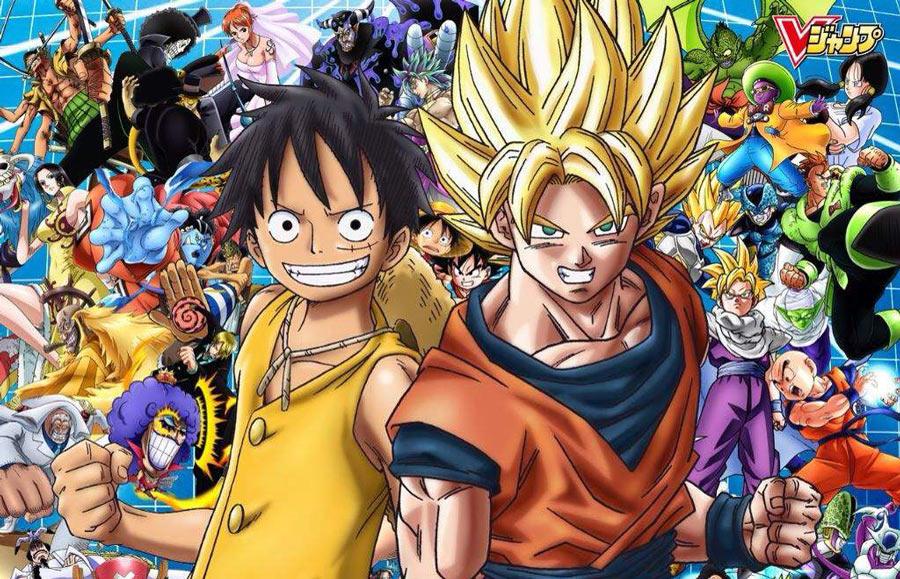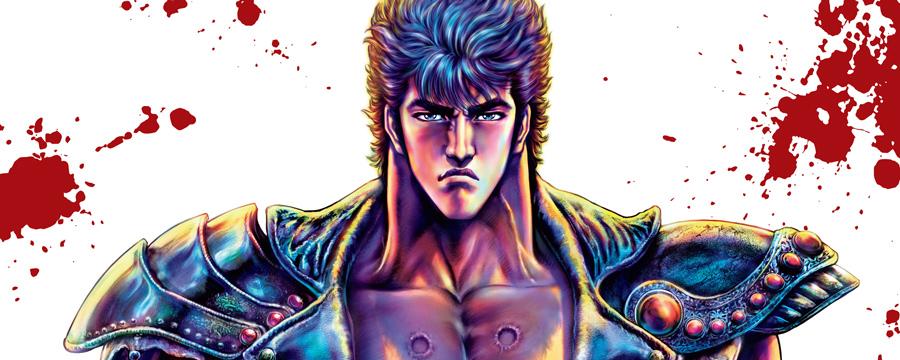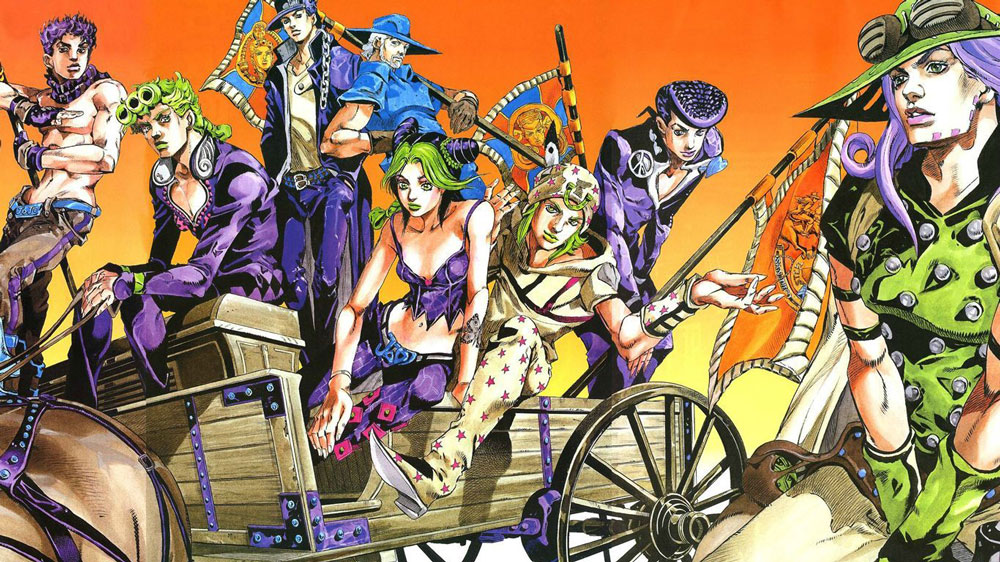Cyberpunk 2077 was one of the most anticipated video games of all time.
Set in the futuristic megalopolis of ‘Night City’ (on the Californian coast), the first-person action-adventure game was first announced in 2012 – and after nearly a decade of build-up – set to be released on 16 April 2020. It was delayed until 17 September, then 19 November, and finally released on 10 December 2020. In the ten days following, it sold a staggering 13 million copies.
After 8 million pre-orders, three delays, and even death threats from impatient fans, Polish game developer CD Projekt Red (making of the Witcher series) had finally released their cyberpunk masterpiece.
What is Cyberpunk?
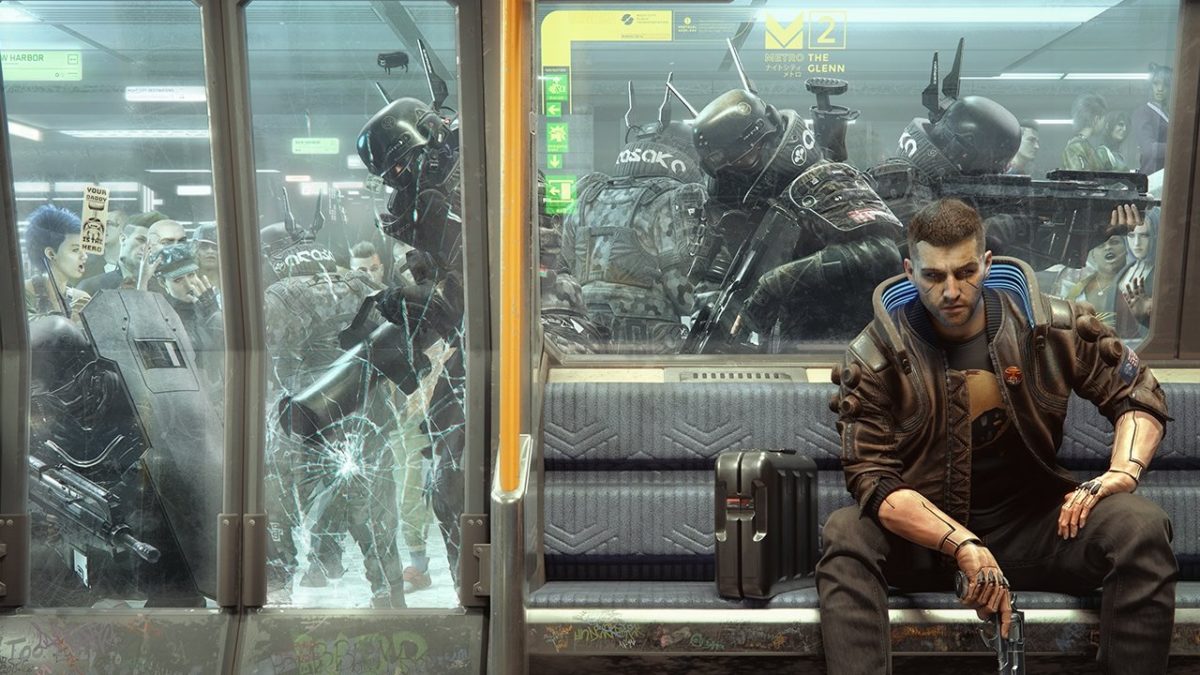
Cyberpunk is a ‘genre of science fiction set in a lawless subculture of an oppressive society dominated by computer technology’, seen across literature, manga, music playlists, Tv & film, anime, and video games.
American author Bruce Sterling coined the term ‘high tech and low life‘ to describe cyberpunk. In these futuristic worlds, soaring skyscrapers rise above seedy streets and underground slums filled with criminals, cybernetic mobsters, rebels, and anti-heroes who use violence to fight back against corporate domination and corruption. Mega-corporations run the cities. Rain falls. Crime lingers. Morality is non-existent due to the dehumanizing effects of these mega-cities and the impossibility of standing out in a technologically-rampant world.
Cyberpunk underlines the struggle to resist capitalism (and the painful missions of those who do). In these futuristic worlds, the capitalist juggernaut ‘absorbs whatever bullets you fire at it and sells them back to you at a premium.’
As mangled bodies can be restored as cyborgs and people’s memories can be wiped clean, cyberpunk raises the question: where’s the line between man and machine? It asks whether this tech is dangerous or convenient and presents a conflict between the two, reminding us that it will conquer our lives if we ignore it.
We see these in Cyberpunk 2077: as your customizable character ‘V’ must set out on a mission to steal a life-restoring piece of technology from Arasaka: a corrupt and powerful Japanese mega-corporation that runs Night City.
In fact, cyberpunk can trace its roots back to Japan and its culture.
Japan’s Cyberpunk Culture

Cyberpunk 2077’s Night City is a futuristic mega-city set on the Californian coast – so why does a Japanese mega-corporation control it?
Japan’s immense technological progress in the late 1970s and 1980s saw new gadgets like the Sony Walkman (allowing people to listen to music as they walk for the first time) and the Nintendo’s Famicom or ‘Family Computer.’ This came side by side with the country’s booming economy – making Japan an economic and technological force to be reckoned with. This caused huge Western anxieties about the East, fearing that their expanding cities and globalization would undermine Western efforts at progress.
To understand the gravity of the situation, in 1982, Chinese man Vincent Chin was murdered in Detroit. His murderer mistook him as Japanese and killed him out of fear that Japan’s booming auto industry would take over the US. This ‘Japan Panic’ created the term ‘Techno-Orientalism,’ used to associate high-technology with Asia and Japan in particular.
In sci-films like Blade Runner (1982) and modern video games like Cyberpunk 2077, seedy-looking Japanese ramen shops, lanterns, and kanji-etched walls are used to signify the dark underbelly of cities, perhaps hinting at the West’s lingering fears of Japan’s technological prowess.
The Birth of Japanese Cyberpunk: Akira
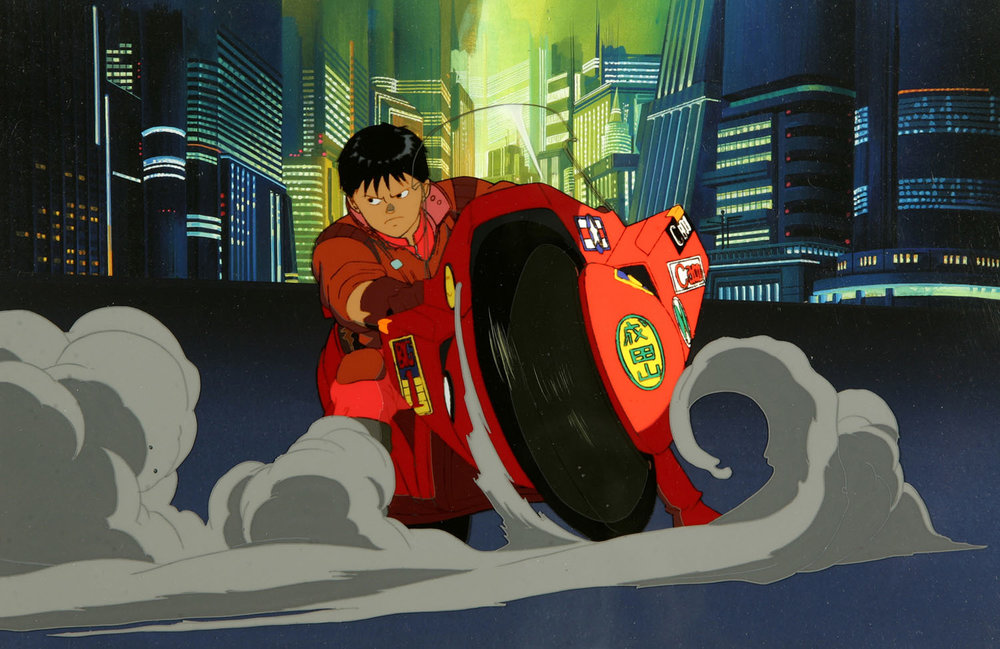
Katsuhiro Otomo’s 1982 manga and 1988 animated film Akira marked the emergence of Japanese cyberpunk. Set in a then futuristic version of Tokyo (a 2019 ‘Neo-Tokyo’), Akira features corruption, biker gang violence, body modification, and psychic power. Anime quickly followed: like Tetsuo: The Iron Man (1989), Ghost In A Shell (1995), Cowboy Bepop (1998), and Paprika (2006) – all highlighting a scary and lawless future of advanced tech.
[lasso ref=”akira-1998″ id=”18588″ link_id=”1146″]
[lasso ref=”akira-35th-anniversary-box-set-7″ id=”18593″ link_id=”1148″]
‘Modern Japan simply was Cyberpunk’
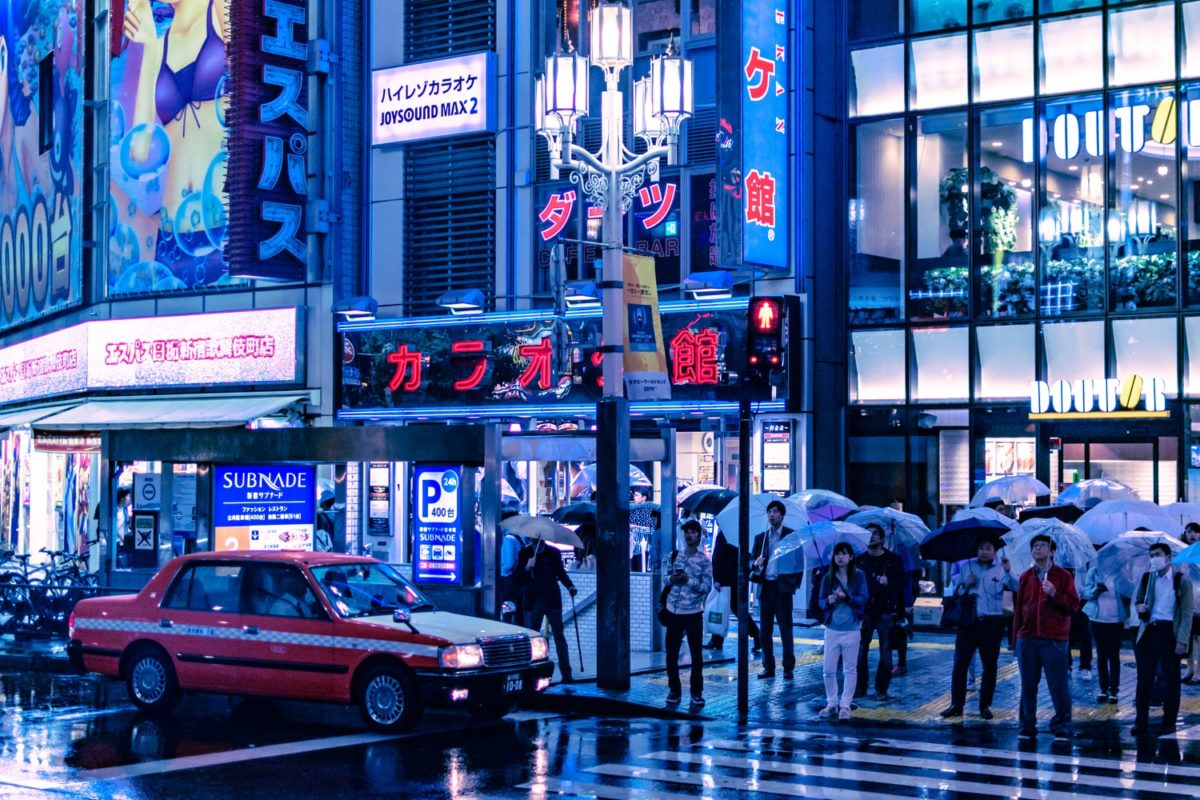
American author William Gibson’s cyberpunk novel, Neuromancer, shows a hacker fighting artificial intelligence in a future setting. After visiting Japan in the early 1980s, he was struck by the bright neon city lights and commercial and technological development. He then returned in awe of Japan’s cyberpunk culture.
‘Modern Japan simply was cyberpunk. The Japanese themselves knew it and delighted in it’.
[lasso ref=”neuromancer-by-william-gibson” id=”18586″ link_id=”1147″]
Japanese stand-outs in Cyberpunk 2077
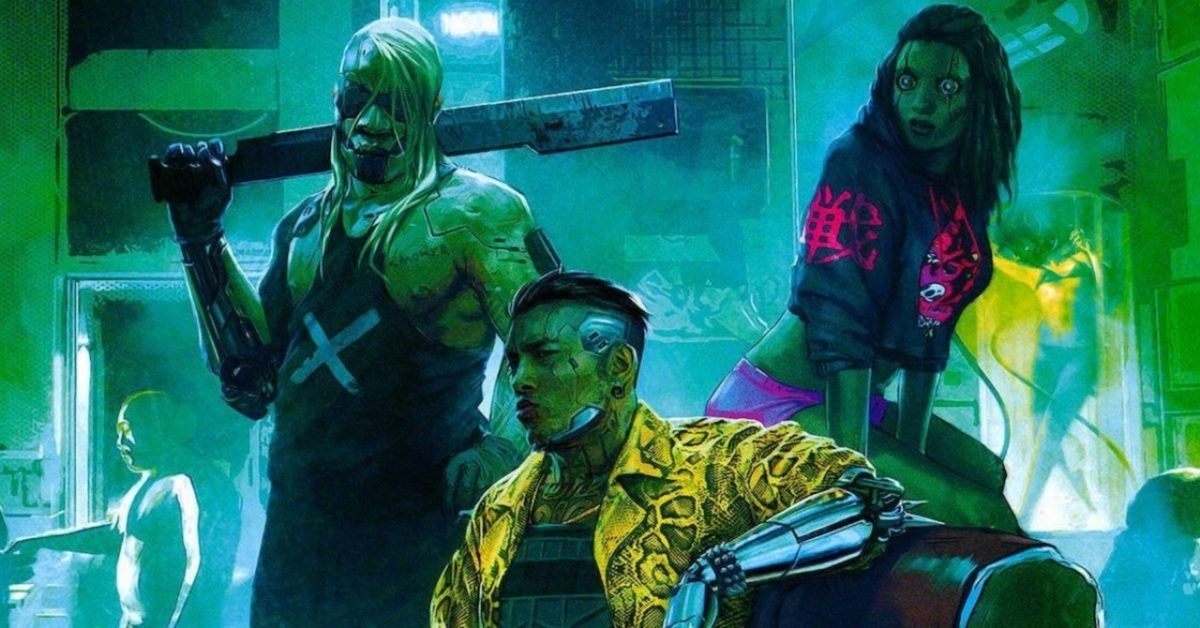
A fear of Japan’s power (technological and violent) can be seen in Cyberpunk 2077. The largely Japanese Tyger Claws gang (all 5,500 of them) rule the sub-district of Japantown by bike and with yakuza-style violence – made possible by financial support from mega-Japanese corporation Arasaka. Further, a walk around reveals neon-lighting, kanji-inscribed walls, and shady food outlets scattered around Night City.
[lasso ref=”cyberpunk-2077-ps4″ id=”18559″ link_id=”1139″]
Why we shouldn’t ignore cyberpunk
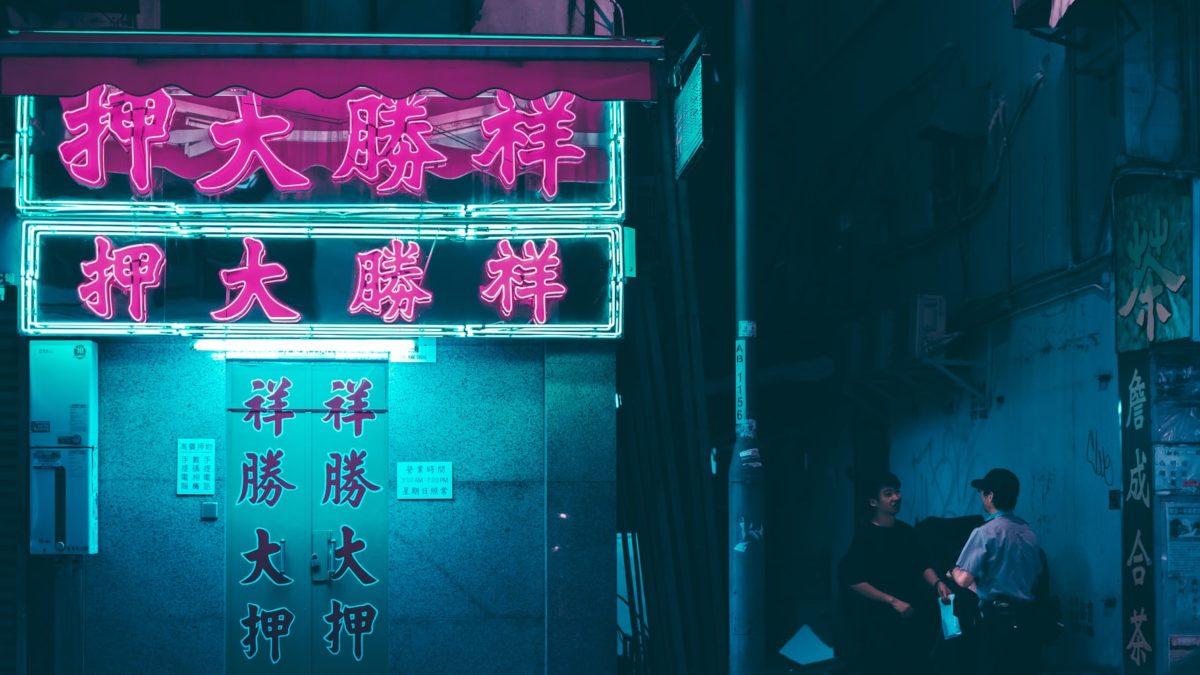
Although Cyberpunk 2077 walks the gamer through the future streets, this vision is built upon a present reality in the POV of’ ‘V.’
Worldwide, large companies compete for consumers who all want the newest and coolest tech, with phone upgrades and targeted ads popping up every 5 minutes. Driverless cars are on the rise. And Japan has recently developed a robot model that can determine fruit ripeness and harvest fruit on its own.
Cyberpunk 2077’s launch has been a disaster – with bug and gameplay issues causing many to demand refunds and even law firms filing lawsuits at CD Projekt Red for misleading investors.
Yet the game and the neon-splattered Japanese culture of cyberpunk seen today tells us to both look to the future and notice the present – throwing a question mark over whether technological advancement leads to a better quality of life after all.






































